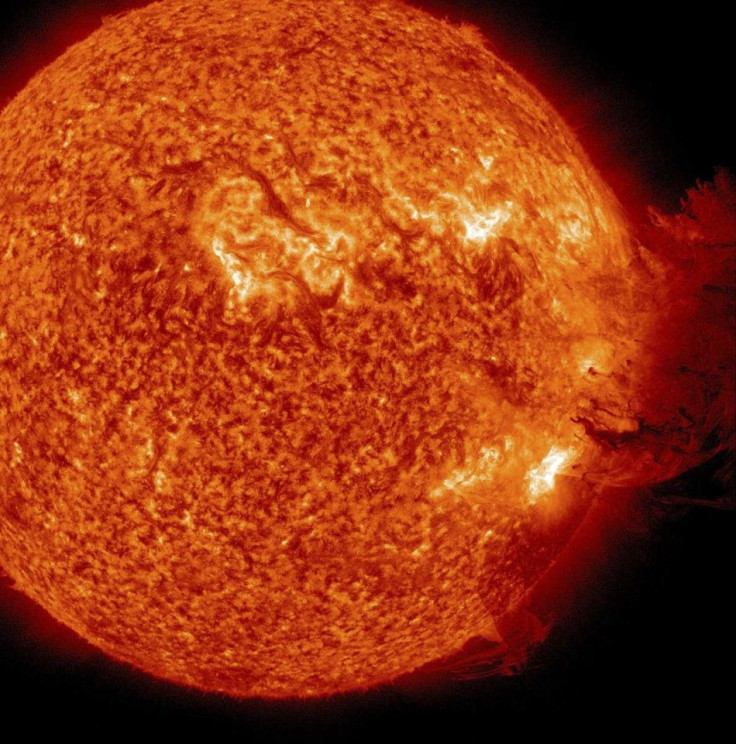Earth Under A Geomagnetic Storm Warning; What That Means
KEY POINTS
- The NOAA issued a geomagnetic storm warning
- It follows the coronal mass ejection from the Sun several days ago
- The warning is for a mild to moderate geomagnetic storm
What does it mean if the Earth is under a geomagnetic storm warning? It may be a warning for possible disruptions and an alert for beautiful auroras.
On Sunday, there was a geomagnetic storm warning on the planet because of the "early arrival" of a coronal mass ejection (CME) that happened on the sun on April 22, the National Oceanic and Atmospheric Administration (NOAA) said.
As NASA explained, the Earth's magnetosphere protects us from solar particles. But when the sun emits a CME, it can cause a disturbance in the Earth's magnetosphere. This is why scientists consistently monitor space weather using solar observatories.
According to the NOAA, "a billion tons or so" of plasma from the sun reach Earth during CMEs. In this case, the forecast was for a G1-G2 Geomagnetic Storm.
Based on the agency's Space Weather Scale, that would be a mild to moderate geomagnetic storm. Unlike stronger geomagnetic storms that can produce more serious disruptions such as "widespread voltage control problems," milder geomagnetic storms have minor impacts. G2 storms, for instance, may trigger voltage alarms, and "long-duration" storms may possibly cause transformer damage.
That said, people may even want to keep track of such space weather forecasts because they may affect or trigger the famous auroras.
"The transient solar wind feature is expected to cause auroral enhancements that may be visible at night in the higher latitudes under favorable sky conditions," NOAA said.

So why would people want to keep an eye out for space weather apart from the chance that such geomagnetic storms may cause beautiful auroras?
Although the one that triggered the recent warning was quite mild, space weather may interact with the Earth in potentially disruptive ways. As NASA explained, the modern technology that humans rely on today is quite vulnerable to extreme space weather.
"While the storms create beautiful aurora, they also can disrupt navigation systems such as the Global Navigation Satellite System (GNSS) and create harmful geomagnetic induced currents (GICs) in the power grid and pipelines," the NOAA noted.
In March 13, 1989, for instance, geomagnetically induced currents that resulted from a CME led to a transformer failure that caused a blackout for over nine hours, affecting more than six million people, NASA noted.
In 2020, a study also explored the possibility that a geomagnetic storm may have contributed to the sinking of the Titanic, possibly because the storm disrupted navigation and communication systems. At the time, the effects of space weather were largely unknown.
"As society's reliance on technological systems grows, so does our vulnerability to space weather," NASA said, adding that studying space weather and hopefully predicting potentially disruptive events may give the chance to take the necessary preventive courses of action.
Ready.gov also stressed the importance of being prepared in case "extreme space weather" causes serious damage to "critical infrastructure." It also provided some tips on how to prepare.

© Copyright IBTimes 2025. All rights reserved.






















